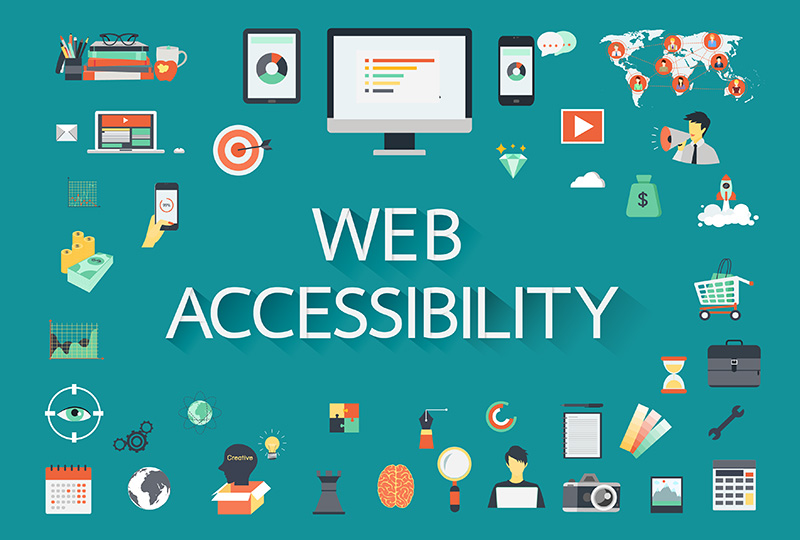WCAG 2.2 – What’s New?
August 25, 2023
SANDEEP RAVINDRAN

WCAG 2.2 represents the latest evolution in web accessibility guidelines, building on its predecessors to address the changing digital landscape. Introduced by the World Wide Web Consortium (W3C), this version highlights new recommendations and refinements aimed at enhancing online inclusivity. With advancements in technology and user experience insights, it ensures that digital platforms remain accessible and user-friendly for everyone.
The Web Content Accessibility Guidelines (WCAG) ensures digital content caters to those with disabilities. This includes those with visual, auditory, cognitive, and motor challenges. WCAG provides levels (A, AA, AAA) for inclusive online experiences. Adhering to WCAG ensures that digital content is more usable for everyone, regardless of their abilities.
WCAG 2.1
WCAG 2.1 is an update to the original WCAG 2.0 standards. It offers additional recommendations to make web content more accessible. This is especially for mobile users and users with cognitive and low vision disabilities. Created by the World Wide Web Consortium (W3C), this version was officially published in June 2018.
Differences between WCAG 2.1 and WCAG 2.2
New Success Criteria in WCAG 2.2
WCAG 2.2 introduces additional success criteria compared to WCAG 2.1. These new criteria aim to further enhance accessibility, considering the evolving technological landscape and better understanding of user needs.
Focus on Users with Cognitive Disabilities
While WCAG 2.1 introduced some guidelines considering cognitive disabilities, the new guidelines goes a step further. It emphasizes the needs of users with more diverse cognitive impairments and offering better solutions for them.
Enhanced Mobile Accessibility
Although WCAG 2.1 made significant strides in addressing mobile accessibility, WCAG 2.2 continues to refine these guidelines. Thereby, ensuring that as mobile technology and usage patterns evolve, accessibility remains a top priority.
Improved Usability and Clarity
WCAG 2.2 aims to provide more explicit guidelines, examples, and clearer instructions to assist developers and content creators. It helps them achieve and maintain compliance more efficiently.
It’s worth noting that WCAG versions build upon one another. Hence, the new guidelines includes all the guidelines from WCAG 2.1 but with added recommendations and refinements. As technology and user needs evolve, WCAG continues to adapt. Thereby, ensuring digital inclusivity remains central to web development and content creation.
Conclusion
The Web Content Accessibility Guidelines (WCAG) 2.2, developed by the W3C, represents an evolution of prior accessibility standards. It builds upon and extends the guidelines set out in WCAG 2.1.
Published to address the ever-changing digital landscape, WCAG 2.2 introduces new success criteria and refinements. It ensures web content remains accessible for individuals with disabilities, particularly considering emerging technologies and broader user needs. The update places a strong emphasis on users with diverse cognitive impairments, enhanced mobile accessibility, and improved clarity for developers and content creators.